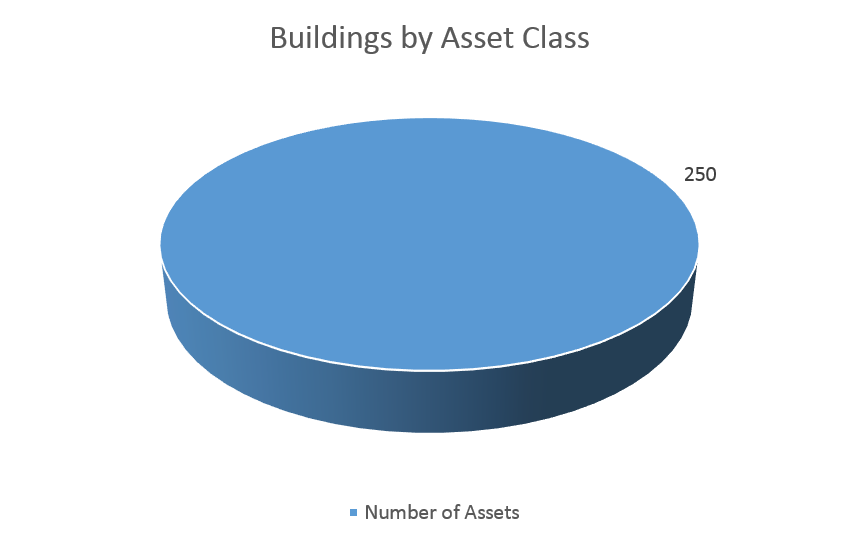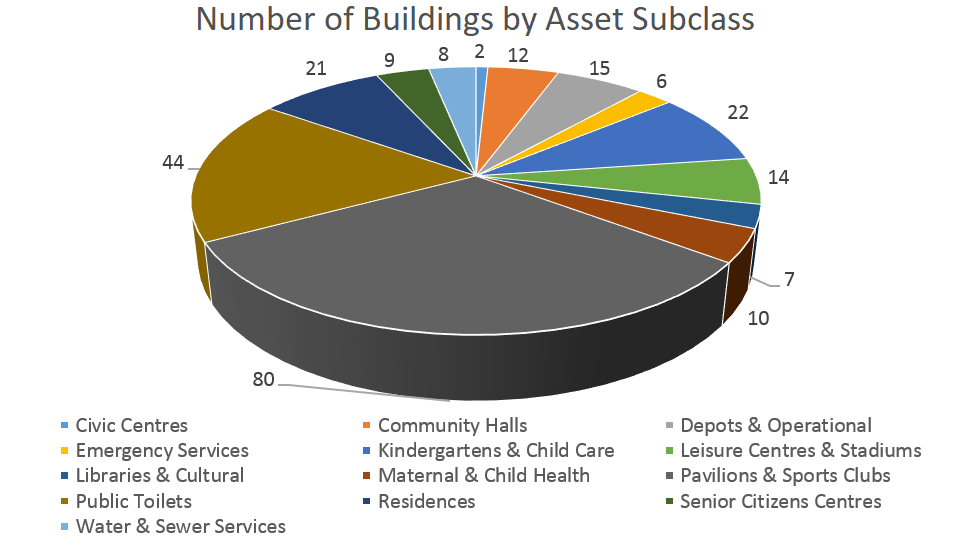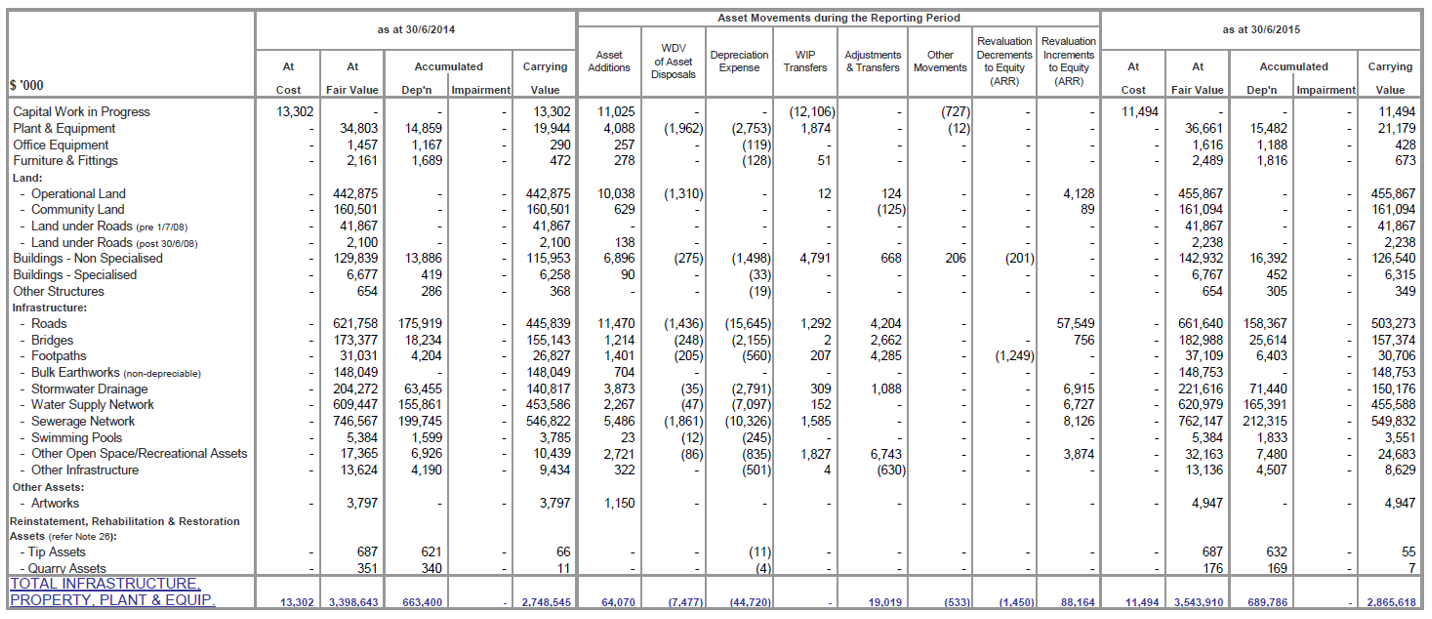Classes of Assets
Objective: To explain the logic and configuration of the Asset and Financial Class and Subclass fields.
Classes of Assets
Infrastructure assets owned and managed by organizations (such as Federal, State and Local Governments and Water, Road, Rail, Port and Power Authorities) will vary significantly in their design and function. Hence it is imperative that these assets are classified into logical groupings for management and financial purposes.
For strategic asset management and maintenance planning purposes, typically the classification of these assets will utilize the Asset Class and Asset Subclass attribute fields. For financial reporting purposes, the classification of these assets will utilize the Financial Class and Financial Subclass attribute fields.
Asset Class and Asset Subclass
An Asset Class refers to a group of assets having a related design and function in their service delivery.
The Asset Subclass is used to further refine this grouping to capture at a sub group level, assets that have a similar design and/or function. For example, if we were to consider 'Buildings' as our Asset Class we can capture data and report on the number of all buildings. However, if we want to report on the number of buildings that have the same design and/or function, we can use the Asset Subclass to capture this information.


Asset Class and Subclass list.xlsx provides a typical Asset Class and Asset Subclass list that has been configured for use as a default in an Brightly Assetic Assets Register. This is not intended to be a definitive list, as the Asset Class and Asset Subclass can vary pending on your organizations business needs.
Should you have a need to create additional Asset Classes and Asset Subclasses, refer to Asset Class for the ‘step by step’ guide.
It must be noted that the Asset Class and Asset Subclass attribute details, must exist within the Assetic Asset Register prior to creating the related asset.
Financial Class and Financial Subclass
The Financial Class is used to reflect the organisations classification utilized in their Chart of Accounts for balance sheet reporting purposes and will normally reflect the classifications employed in the organisations Financial Statements.
These classes can be further expanded on for financial management purposes, using the Financial Subclass as per the following example.

Financial Class and Subclass list.xlsx provides a typical Financial Class and Financial Subclass list that has been configured as default in the Brightly Assetic Assets Register. This is not intended to be a definitive list, as the Financial Class and Financial Subclass can vary pending on your organisations business needs and/or statutory financial reporting requirements.
Should you have a need to create additional Financial Classes and Financial Subclasses, refer to Financial Class for the step by step guide.
It must be noted that the Financial Class and Financial Subclass attribute details, must exist within the Brightly Assetic Asset Register prior to recording financial data against an asset.
